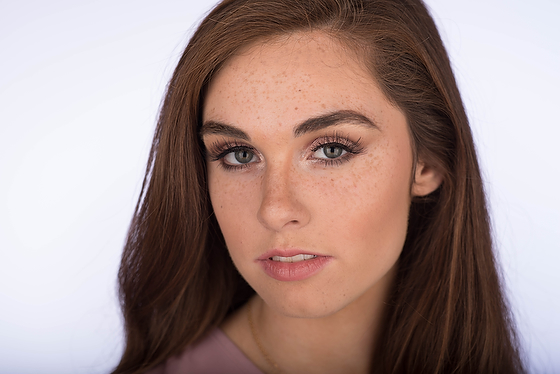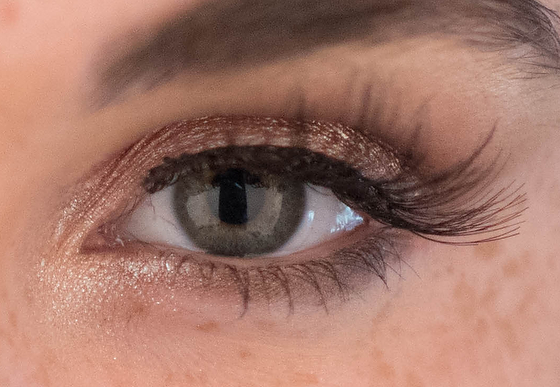 |
| Nikon D4, Sigma 120-300mm ƒ/2.8 DG OS HSM | S, AC-9, AC-3, PocketWizard Mini TT1, TT5, Paul Buff Vagabond, Alienbees B1600, ISO 320, ƒ/2.8, 1/640 |
Sydney on iTunes.
Here is her Facebook fan page
Sydney needed little direction. I just needed to spend a little time before we started asking what she was looking for in her photos.
This is one of my favorite photos today. I used the high speed sync using he Pocketwizard TTL system with the Alienbees. This let me shoot at 1/640 shutter speed. Here is the lighting diagram.
The trick was to take a few test shots until I was able to get the rich colors in the background balanced with the flashes.
The photo on the left [ISO 100, ƒ/2.8, 1/500] and the right [ISO 320, ƒ/2.8, 1/400]. I also dialed the flash down in power on the right.
This is what I call experimenting to get the look you are wanting.
 |
| Nikon D4, Nikon 85mm ƒ/1.8G, AC-3, PocketWizard Mini TT1, TT5, Paul Buff Vagabond, Alienbees B1600, ISO 100, ƒ/1.8, 1/640 |
This is the setup where I have main light on her face and separate light to just add a little kicker in the back.
 |
| Nikon D4, Sigma 120-300mm ƒ/2.8 DG OS HSM | S, AC-9, AC-3, PocketWizard Mini TT1, TT5, Paul Buff Vagabond, Alienbees B1600, ISO 320, ƒ/2.8, 1/640 |
I also believe you really mix up the backgrounds and looks when you are helping someone with things like model portfolios, PR kits for musicians and actresses.
 |
| Nikon D750, Nikon 85mm ƒ/1.8G, ISO 100, ƒ/4, 1/200–Alienbees and Softboxes |
Now to give a different look that this I just shot with the available light with the same setup.
 |
| Nikon D750, Nikon 85mm ƒ/1.8G, ISO 1250, ƒ/1.8, 1/200 |
 |
| Nikon D750, Nikon 85mm ƒ/1.8G, ISO 100, ƒ/4, 1/160 |
 |
| Nikon D750, Nikon 85mm ƒ/1.8G, ISO 1250, ƒ/1.8, 1/200 |
Now shooting at ƒ/4 gave a little bit more depth-of-field.
 |
| Nikon D750, Nikon 85mm ƒ/1.8G, ISO 100, ƒ/4, 1/200 |
While the shallow depth-of-field looks great it is difficult to get all your photos in focus.
Going for "look" can sacrifice great "moments"
Because you choose to want that silky smooth BOKEH means that you will be tossing out photos just because they are not sharp where you need them to be. Therefore you may lose the best "moment" because the "look" is more important to you.
This is one of the reasons I am not shooting at wide open all the time. I prefer to stop down just a bit to get some leeway allowing me to more likely not to toss out the great "moment" because I missed the focus due to such a shallow depth-of-field.
Use flash outside
By using the strobes outside on an overcast day I was able to help the subject pop and not look flat due to the natural light.
Using high speed sync let me shoot at wide apertures and just crank the shutter speed up to control the available light.










































